Nina’s guide to gold jewellery - quality, strength, & type
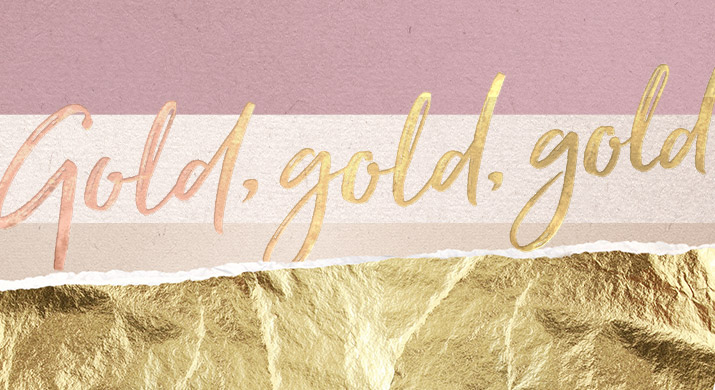
Gold, with its naturally radiant beauty, is undoubtedly one of history’s most popular jewellery choices, whether it’s for wedding bands, engagement rings, earrings, necklaces, or any other design.
When it comes to choosing the type of gold, learning the differences between the various shades and karat weights is important; particularly when choosing a “forever” piece of jewellery.
Gold has been the preferred precious metal used in jewellery due to its versatility, its anti-tarnish properties, high accessibility and wide availability.
Whether you want to stay informed when designing your own diamond ring, or you want to learn more about gold purity, this article will help clear any confusion before purchasing your next statement piece.
The 3 types of gold
The 3 main shades of gold jewellery are yellow, white, and rose gold, which all vary in both composition and colour. Selection for your jewellery should primarily be based on your personal preference, taking into consideration price and composition.
Yellow gold
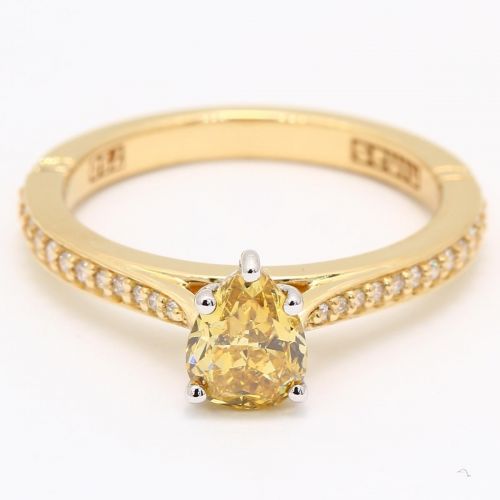
White gold
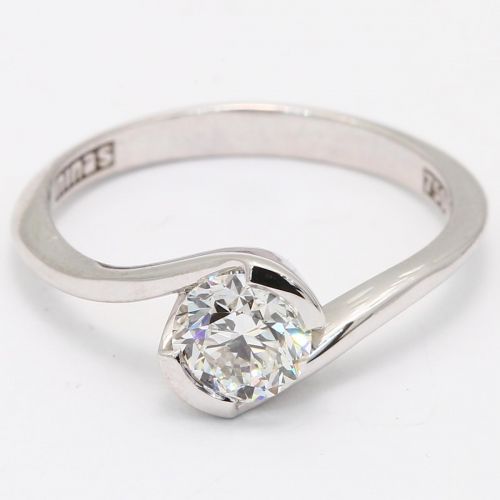
White gold can be used to enhance classic white diamonds, showcase exceptionally coloured stones, and looks similar to platinum with the added benefit of being much cheaper. The down side is that it usually needs to be rhodium plated every 12 to 18 months to maintain its appearance, otherwise yellow-gold tones will start to appear.
Rose gold
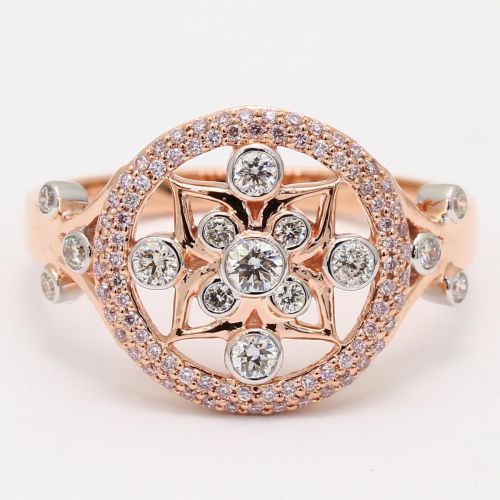
Rose gold can be used to enhance the tone of pink diamonds, making it a favourite for setting Argyle pink diamonds at Nina's.
What is platinum?
Platinum, on the other hand, is a naturally white metal that looks almost identical to white gold and is most commonly used to create jewellery that ranges between 95% to 98% pure.
What are karats and how are they different from carats?
The amount of pure gold used in each piece of jewellery is measured in karats. Each karat amounts to 4.167 of gold content.
Because pure gold is too malleable for most types of jewellery, these alloys are measured in varying amounts of karats to be mixed with other metals, which will ultimately be much more durable.
Carats, on the other hand, is the measurement used to weigh a gemstone. One carat is equivalent to 200 milligrams. However, some use 'carat' instead of 'karat' when referring to the pureness of gold and that is also acceptable.
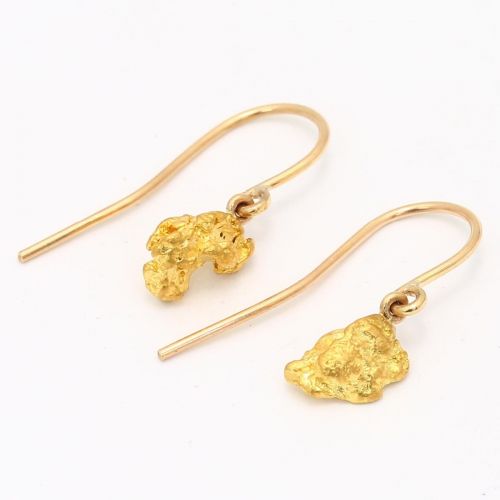
The differences between 24K, 22K, 18K, and 14K gold
There are also practical differences between jewellery made with 24K, 22K, 18K, and 14K gold, mainly with durability. This is part of why choosing the right gold for your jewellery is such an important decision.
24K Gold
24K is the purest form of gold, consisting of 100% gold. It's very soft and malleable, which makes it ideal for gold plating, a technique often used to add a gold finish to less expensive metals. Due to its softness, it can be bent with bare hands, making it less suitable for jewellery meant to withstand daily wear.
22K Gold
Composed of about 91.7% gold. It's slightly harder than 24K but still quite soft, making it less than ideal for frequently worn jewellery. It retains a rich golden hue but is more commonly used in special jewellery rather than everyday items.
18K Gold
This type contains 75% gold and is the choice of Nina's for engagement rings and other special forever pieces. The additional metals in the alloy provide strength while maintaining the malleability and durability desirable in high-quality jewellery. It offers a good balance between gold purity and practical hardness, making it popular for fine jewellery.
14K Gold
With 58.3% gold content, 14K gold is more durable and resistant to wear than higher karat golds. It's suitable for all types of everyday jewellery, including rings, bracelets, and pendants. The colour is less intensely yellow than higher karats.
9K Gold
This has the lowest gold content, typically around 37.5%, making it the hardest of the common gold types. However, its high hardness also makes it more susceptible to wear and tear over time, reducing its durability compared to higher karat golds. It's less commonly used where longevity and the appearance of higher gold content are desired.
Each type of gold has its specific uses depending on the desired balance between purity, appearance, and durability. Nina's prefers 18K gold for its optimal blend of characteristics, suitable for jewellery that combines everyday usability with a touch of luxury.
Gold jewellery vs gold-plated jewellery
Gold jewellery and gold-plated jewellery may look similar, but there are key differences in their composition and value.
Solid gold jewellery is exactly what it sounds like -- jewellery made entirely from a gold alloy. This alloy mixes pure gold with other metals like copper or silver for strength and to achieve different colours like yellow, white, or rose gold. Note that solid gold and pure gold are different. Solid gold may refer to any mixture of pure gold and other metals, while the latter refers only to 24 karat gold, the purest form.
Gold plated jewellery, on the other hand, consists of a base metal like brass or sterling silver coated with a thin layer of real gold also called gold plating. This layer can wear off over time, revealing the base metal underneath. Gold-plated jewellery doesn't carry the same value as solid gold and requires more care to prevent tarnishing or chipping of the plating.
Gold pricing
The prices of all gold jewellery is determined by using a combination of the gold’s craftsmanship, purity, as well as the current market value.
Choosing the right gold for your jewellery
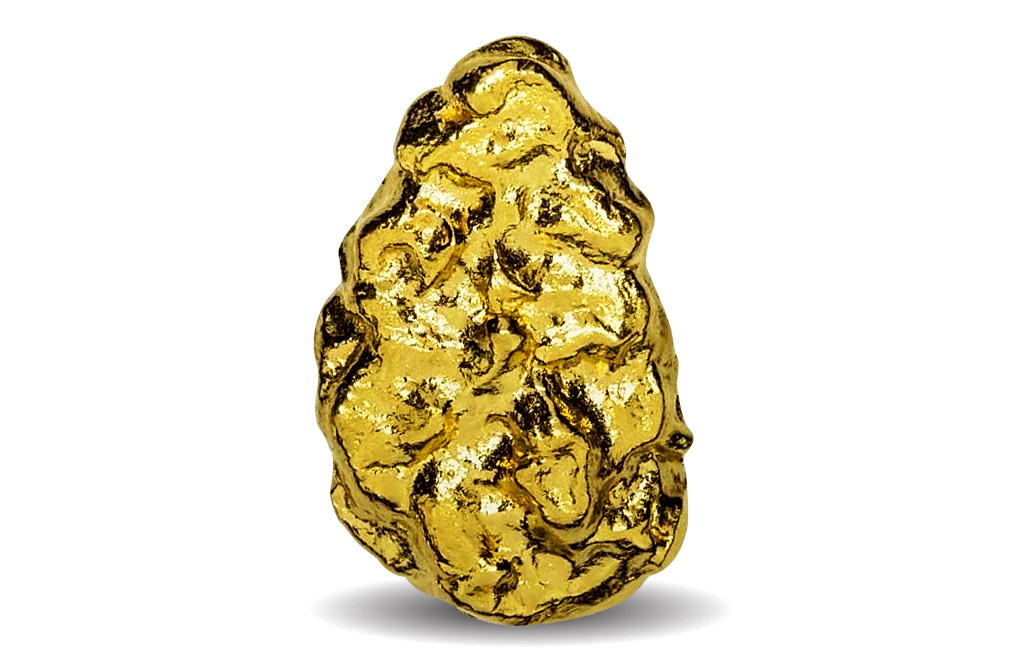
While the decisions about the type of gold used for your gold jewellery, gold and diamond jewellery designs and gold diamond rings are most commonly based on personal preferences, you should also consider which one best suits the type of diamond, your skin tone, as well as current fashion trends.
Gold colour and diamond
The colours of gold you choose for your setting can actually affect how the diamond appears. If you want to make a colourless diamond brighter, choose white gold. Its white metal reflects the light through the diamond, emphasising the diamond's whiteness.
If you prefer a warmer look, choose yellow gold because it reflects some of its colour onto the diamond. Rose gold can also add a warmer tone to the diamond, as the pink tint can make the diamond appear slightly less white.
Skin tone
If you have a cool skin tone--pinkish undertones to your skin and veins that appear purplish or bluish--white gold will flatter your skin the most because it will enhance the rosy hues in your skin.
For warmer skin tones--characterised by yellowish or golden undertones and veins that appear greenish--yellow or rose gold will work better for you. It highlights the warm tones of your skin and adds a touch of softness.
If you have a neutral tone, you can rock any gold colour.
Allergic reactions
The purer the gold, the less likely to cause allergic reactions or skin irritations, so anyone with sensitive skin should consider at least 18 or 24 karat gold.
Gold Jewellery at Nina’s Jewellery
Our GIA certified Master Jewellers have over 70 years’ experience, and can guide you in making the best choice for you and your chosen design. If you design your own diamond ring, you are going to have complete control over the entire design process, including the quality, colour, and strength of the gold. Contact us to begin the journey.
Fact-checked by: Emma Donovan


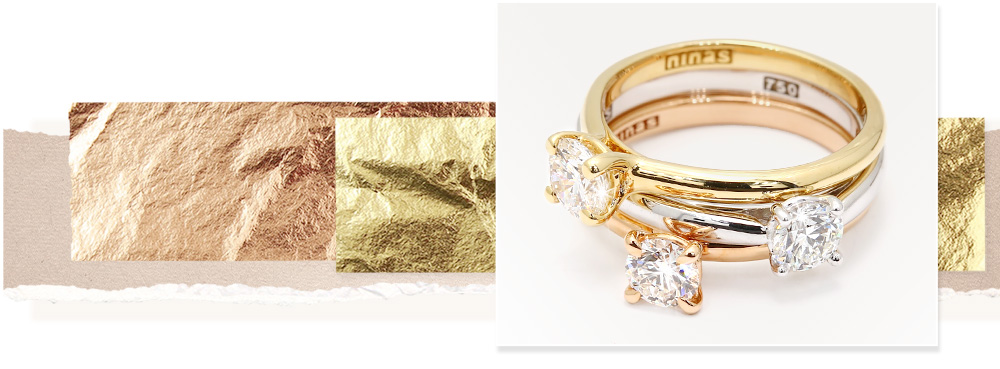



The information below is required for social login
LOG IN
Create New Account